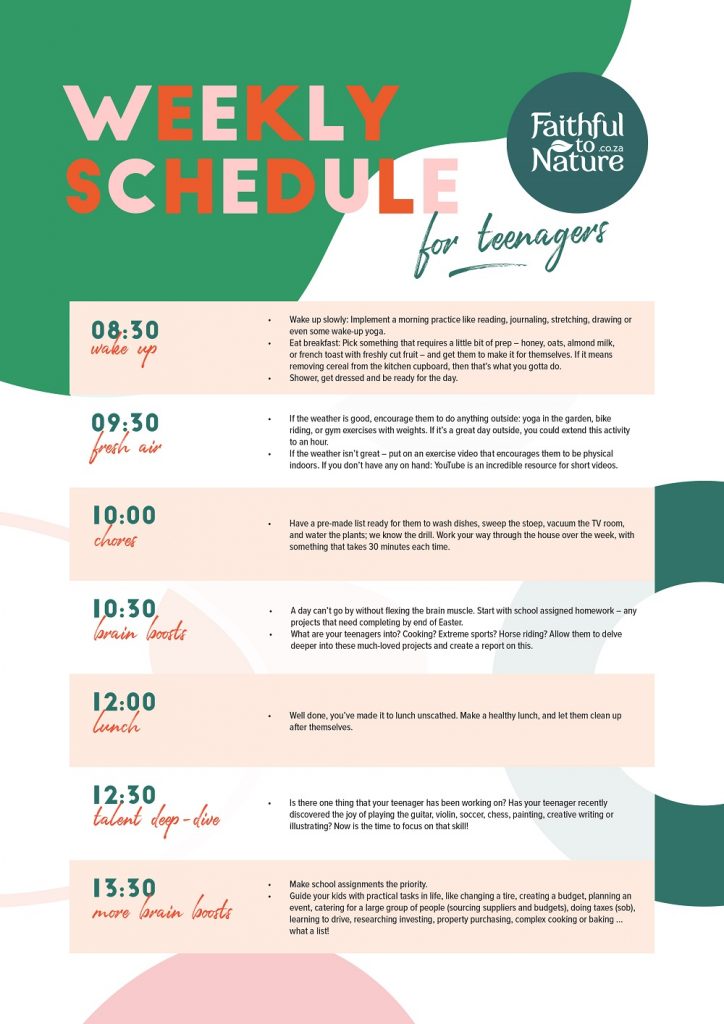

The therapist suggested that Diane may benefit from scheduling more pleasurable activities. For example, drinking wine late at night and watching the news channel accompanied a lowered mood. Reviewing the form, it became clear that her mood changed with the activities she performed.


Following marital difficulties, her depressed mood has affected her performance at work and as a mother to her two children.ĭiane completed a self-monitoring exercise where she captured her activities and associated moods. Diane’s level of activity is impacted by her worsening moodįarmer and Chapman (2016) introduce Diane, a 42-year-old recently divorced woman, referred because of a progressive worsening of her mood. Whether written down or verbal, the client makes a commitment to take part in an activity they find enjoyable. Therapist: You could also give yourself credit for when you do such things. Therapist: Would you like to plan some exercise, perhaps going for a short run or swim three times a week? Sally: Yes, I used to run or swim most mornings, but I’ve felt tired and didn’t think I’d enjoy it. Therapist: I believe you used to spend time exercising, is that right? Therapist: Does staying in bed make you feel better? Do you get out feeling refreshed and ready to go? Sally: Yes, I spend more of my time in bed. Therapist: Sally, do you notice anything different about your daily activities from say, a year ago? Sally reviews her schedule and starts activity schedulingīeck (2011) discusses her client Sally’s daily schedule of activities to understand what has changed for her and what she may be doing too little of. Did the activity scheduling help, or were they too tired to participate in the activities? The review process can help motivate the client to find new ways to increase engagement in pleasurable and productive activities (Beck, 2011).Ģ Real-Life Examples of Activity SchedulingĪctivity assessment and scheduling are vital aspects of CBT and other treatments, especially when a client is presenting with symptoms of depression and withdrawing from prior activities, such as the two real-life examples below. 93).Īt the next session, the therapist asks the client how it went. The therapist “builds in short periods of activity with longer periods of leisure activity or rest” and encourages them to give themselves credit every time they follow the schedule (Beck, 2011, p. The client and therapist can then work together to create activity schedules for the days ahead, taking care not to overwhelm the client by creating a too-busy plan. This knowledge increases their understanding of which behaviors lead to positive and negative emotions and which activities maintain or worsen their depression (Behavioral Activation for Depression, n.d.). The client identifies what they are doing throughout each day and its effect on their mood. The process of behavioral activation typically begins with activity monitoring.
#Daily schedule for teens tv
What Is Activity Scheduling in CBT and Therapy?Ĭlients with depression entering treatment may have stopped engaging in activities that previously gave them a sense of enjoyment or achievement and increased other unhelpful behaviors, such as staying in bed or watching excessive TV (Beck, 2011). 2 Real-Life Examples of Activity Scheduling.What Is Activity Scheduling in CBT and Therapy?.


 0 kommentar(er)
0 kommentar(er)
